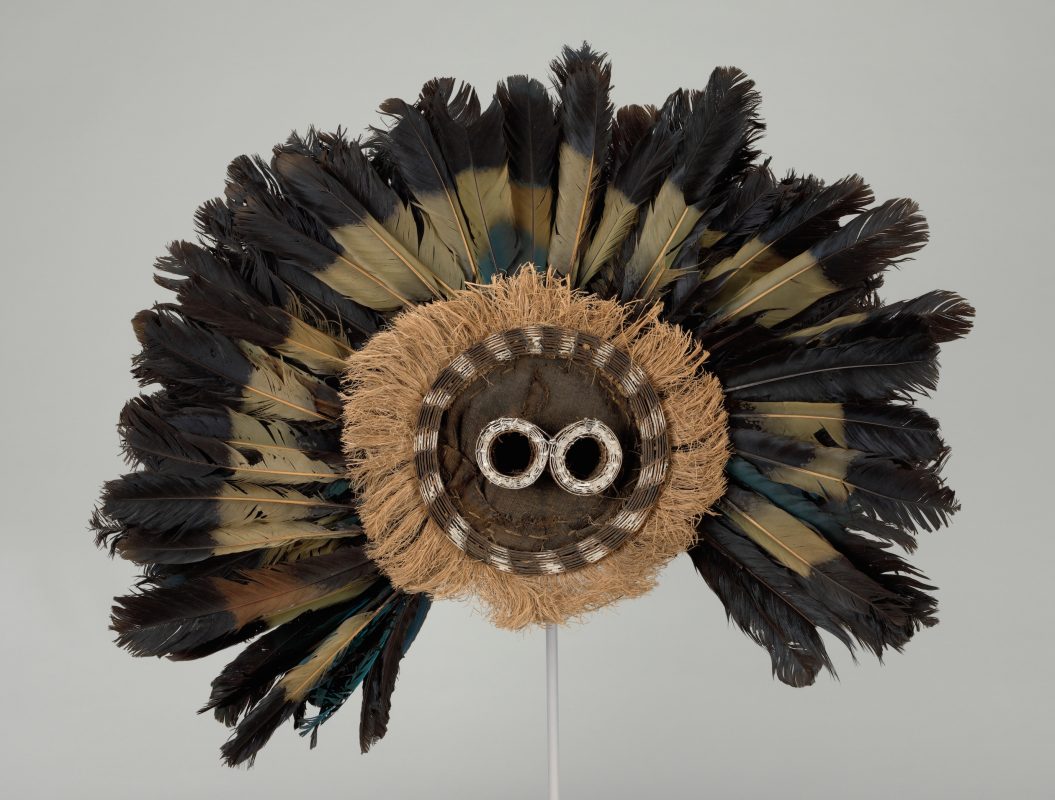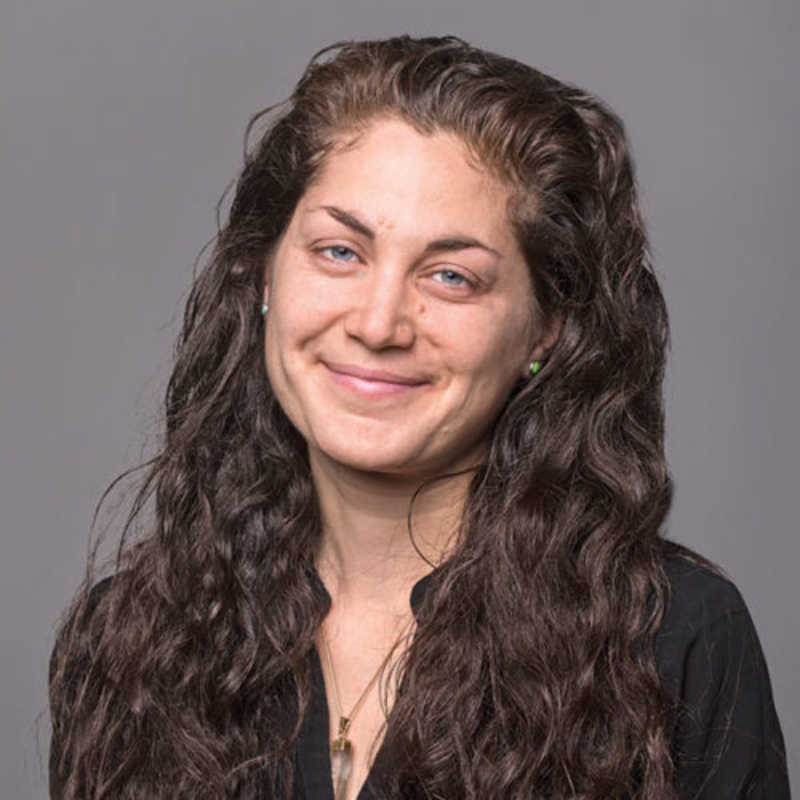
Humans have been fascinated by birds for millennia—their songs, their movement through air, water, and land; migration patterns; flying in formation; their extraordinary range of color and form; and their symbolism for freedom and connecting with the divine.
They frequently appear in artistic work, when they make up less than one percent of living things, says the Baltimore Museum of Art associate curator of African art, Kevin Tervala. “They’re found materially or representationally all over the world,” he says. “Why, time and time again, do we look to birds for what it means to be human?”
Together with the BMA’s former associate curator of African art, Shannen Hill, Tervala put together the earthy, exotic new exhibit Beyond Flight: Birds in African Art, which opened at the BMA on Dec. 20 and will remain on view through June 17, with a tour led by Tervala on Jan. 5.
A museum renovation in 2015 tripled the amount of space dedicated to African art, and part of that expansion included the creation of a gallery used for rotating exhibits, including this one.
“The expansion also allowed us to increase the different ways we can talk about African art in the permanent installation galleries,” Tervala says. “In those galleries, we have nooks, or sections, that talk about African art from various different perspectives, for example, temporal, thematic, or ethnic group.”
Beyond Flight combines the dramatic, whimsical, and spiritual elements of birds and humans’ relationship to them. Pieces, from 19th- and 20th-century sub-Saharan Africa, are made almost entirely from organic materials—hair, clay, feathers, bone, wood, plants, fur—with original mud intentionally left intact. There are representations of birds from Burkina Faso, Cameroon, Cote d’Ivoire, Democratic Republic of Congo, Nigeria, and Uganda. Rooster, hawk, ostrich, crow. An owl with human features.
The show is organized into sections that act as food for thought about the ways in which birds have been appreciated, understood, and utilized throughout African history, in art as well as daily life. One case shows the use of birds decoratively on everyday objects. (“Put a bird on it” takes on a whole new meaning here.)
Two large cases hold ceremonial masks depicting birds, many of which were used to help infuse the creature’s essence into that of the wearer, who would then act as if transformed into the bird itself. In another case are herbalists’ iron staffs, with birds used to symbolize ideologies and beliefs. Another section shows how birds were used to indicate social status, how feathers were sometimes symbols of power and authority in Africa.
A nice touch on the part of the BMA are imagined written narratives alongside each case, short snapshots created to coincide with each display case to help bring the work to life. For example: “Crouched in the tall grass of the Nigerian savanna, a Hausa hunter begins to bob his head. He twitches, pecks, and cocks it to the side. Above the vegetation, all that is visible is the movement of the man’s headdress (burtu), a bird decoy made from the skull of a Ground Hornbill. Here in the wild, in the moments before a kill, the hunter’s success is measured by his ability to leave his body and become, for several minutes or hours, like a bird.”
The awe-inspiring Pende masquerade headdress is the show’s centerpiece, flaunting hundreds of feathers that catch the light to reveal their colors. The mask arrived at the BMA in a somewhat ruffled state. BMA object conservator Christine Downie worked on the incredibly delicate piece for three months to restore its feathers to their original state, or get them as close to it as possible: dusting, cleaning, and repairing feathers with splints, combing and sewing the ends of feathers back together.
While Beyond Flight features African art, Tervala believes the fascination with birds is universal; the show could have just as easily centered around early American art, he asserts, with its rooster weathervanes and birds sewn into quilts.
